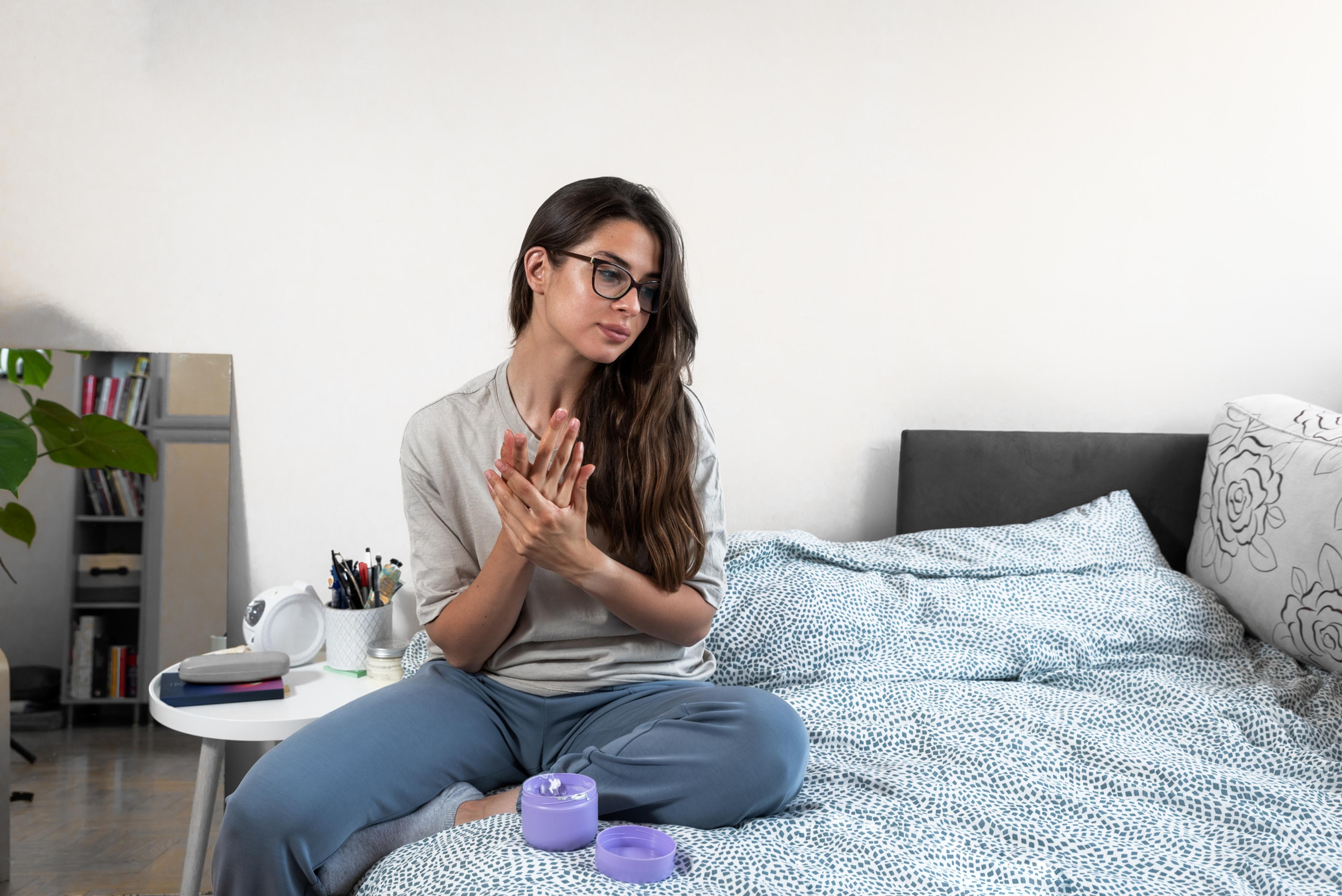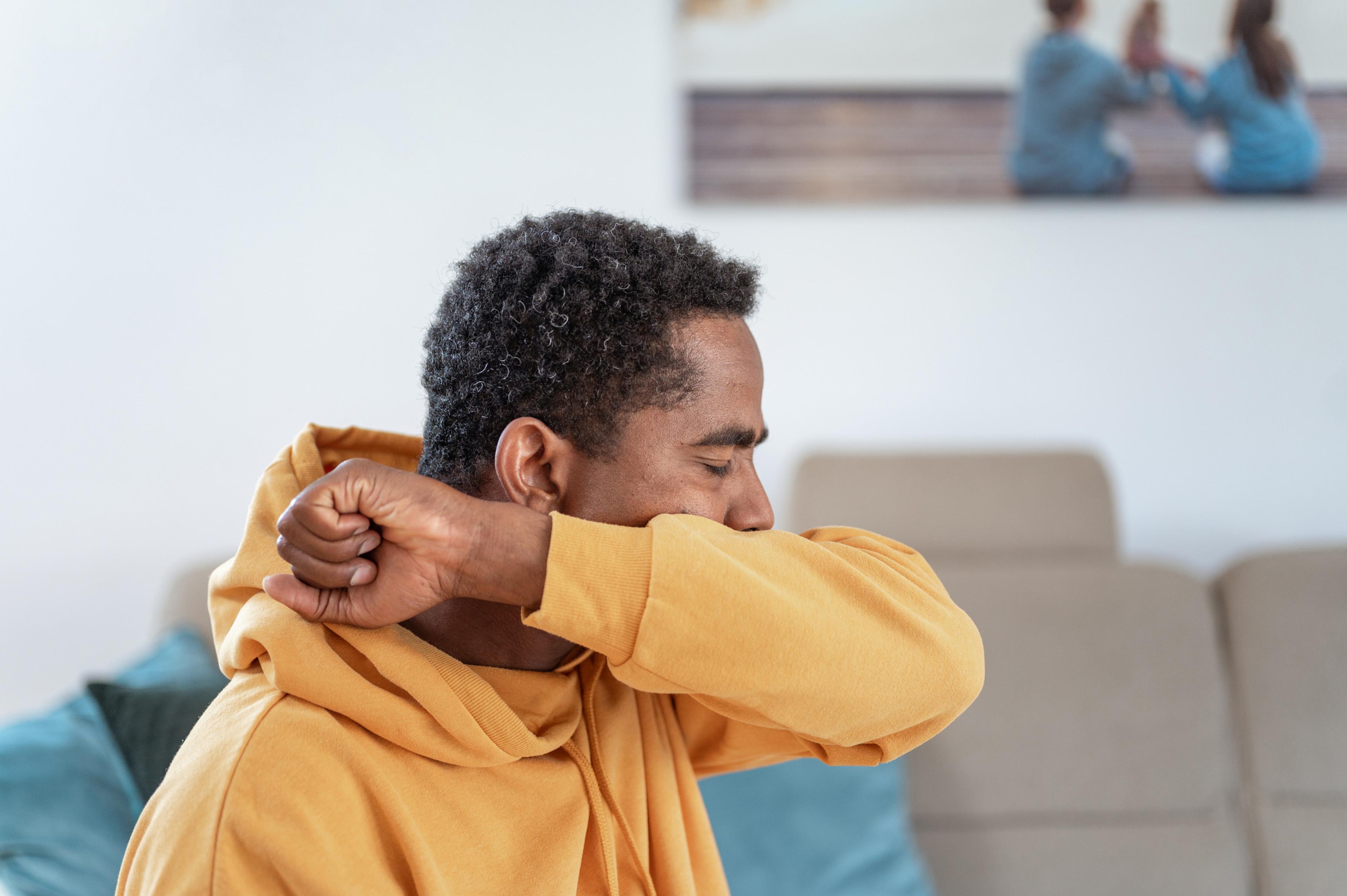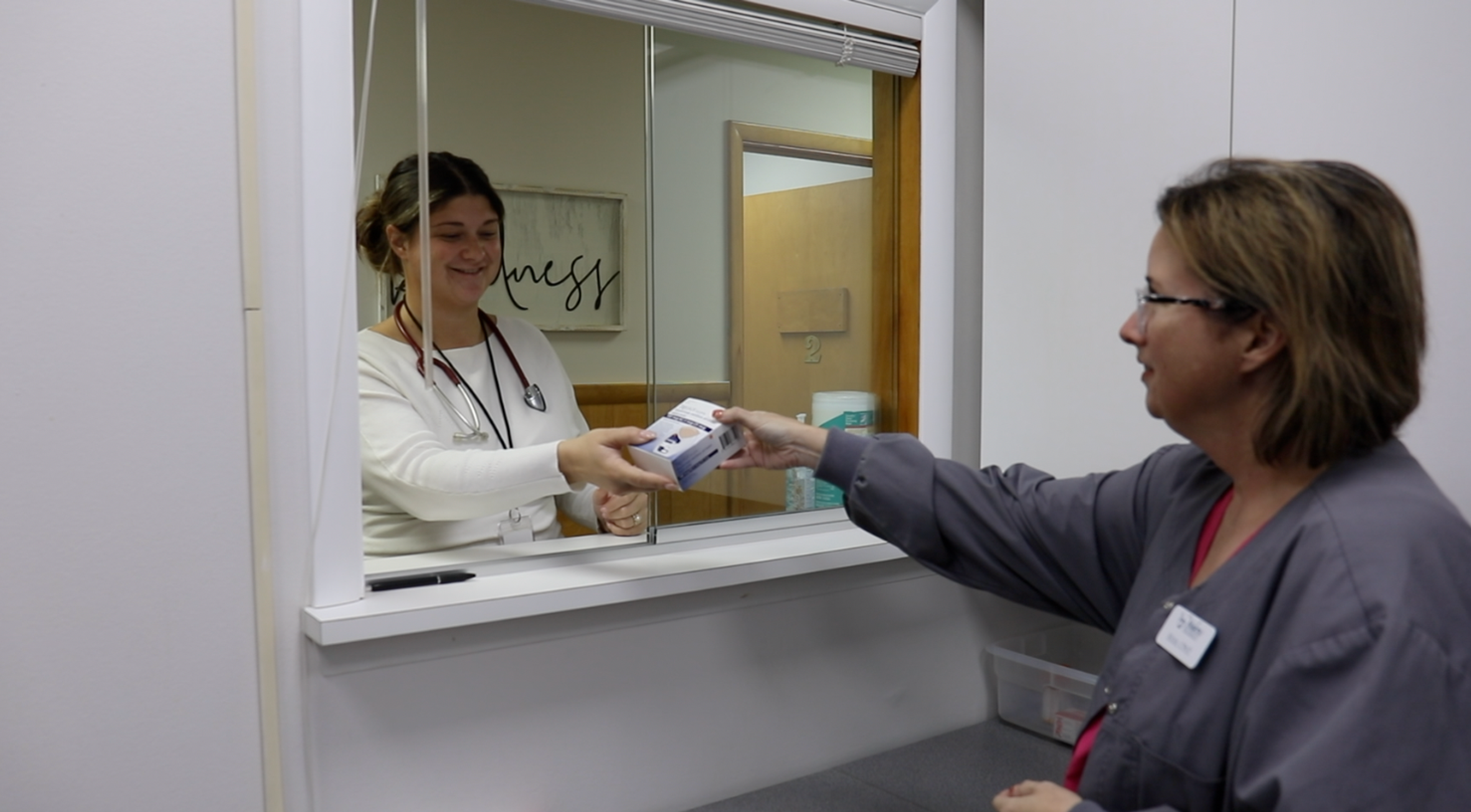Preventive Care,Chronic Conditions,Health and Wellness,Mental Health,Women's Health,Whole Person Health
What is Premenstrual Dysphoric Disorder?
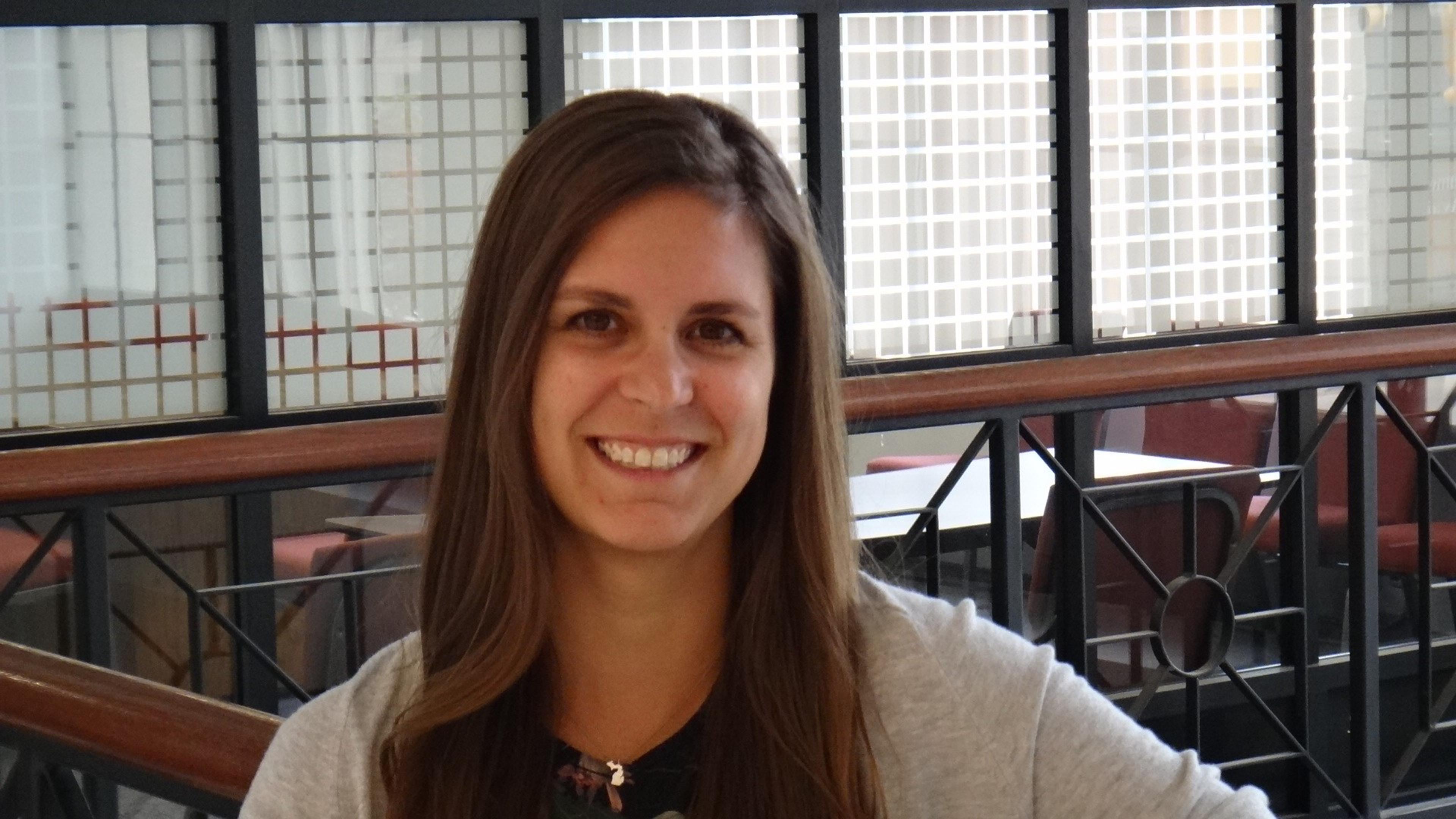
Lindsay Knake
| 3 min read
Lindsay Knake is a brand journalist for Blue Cross B...
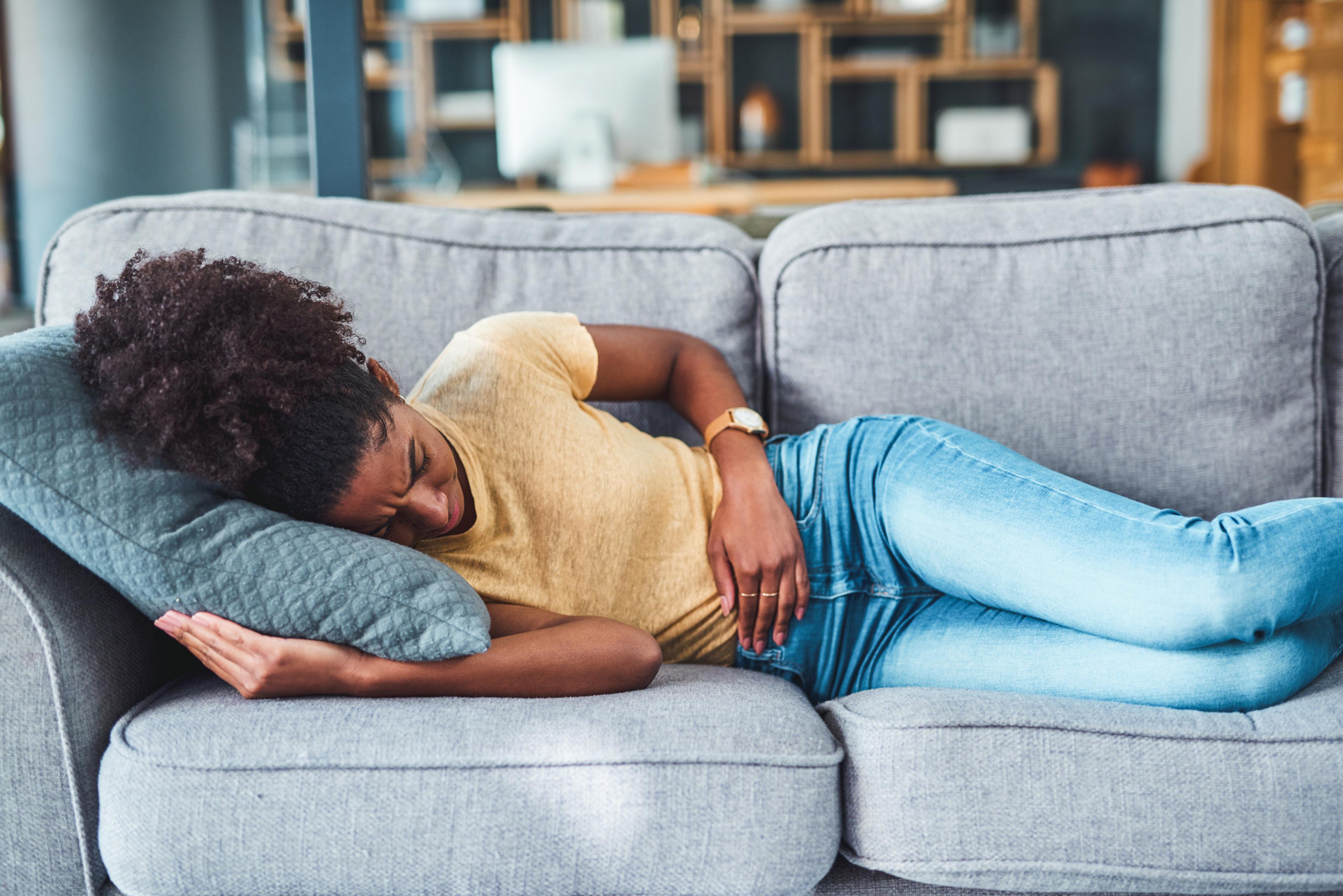
Key Takeaways
- PMDD has similar symptoms to PMS, but is more severe and affects about 10% compared to half who experience PMS.
- PMDD is more common in women who have anxiety, depression, a lot of stress or traumatic experiences
- Treatment for PMDD includes living a healthy lifestyle with regular exercise and a nutritious diet, and in some cases, your PCP may prescribe antidepressants.
For a small percentage of women, premenstrual syndrome (PMS) is something much worse. They may feel they are overcome with rage or want to argue with colleagues or loved ones for reasons they don’t understand.
These could be signs of premenstrual dysphoric disorder (PMDD), which is a more severe version of PMS. Learn more about the symptoms of and treatments for PMDD.
What is premenstrual dysphoric disorder?
While about half of women have at least one symptom of PMS, PMDD affects about 10% of women, according to the Cleveland Clinic. This is a serious, long-term condition. Common PMDD symptoms, according to the National Library of Medicine (NLM), include:
- Sadness or hopelessness
- Mood swings, including irritability
- Feeling on edge or out of control
- Conflict with others
- Anxiety
- Panic attacks
- Lack of interest in daily activities
- Fatigue
- Trouble concentrating
- Difficulty sleeping
- Food cravings or binge eating
- Bloating, headaches, cramps and muscle pain
These symptoms can cause significant distress andare severe enough to interfere with your daily life, including relationships and work, according to Harvard Health.
Symptoms typically start in the week before your menstrual period and improve after your period begins. Most women who have PMDD have at least one of the mood symptoms, according to the NLM. To receive a diagnosis of PMDD, you need to have symptoms during most menstrual cycles in a year, according to Johns Hopkins Health.
PMDD is more common in women who have anxiety, depression, a lot of stress or traumatic experiences. The cause, however, is unknown. Both PMS and PMDD may be related to hormonal changes affecting mood-altering neurotransmitters such as serotonin during the menstrual cycle, according to Harvard Health.
Treatment for PMDD
If you have symptoms of PMDD, it is important to talk to your primary care provider (PCP). Leaving PMDD untreated can lead to depression and even suicidal thoughts, according to the Cleveland Clinic. Treatment leads to a reduction in symptoms for most women.
Keep track of symptoms and when they occur to help your PCP with a diagnosis.
Healthy lifestyle habits are one way to support your physical and mental health. Focus on:
- Getting enough sleep
- Getting aerobic exercise 30 minutes per session, five days a week
- Eating a healthy diet of fruit and vegetables, whole grains, lean meats or legumes
- Limiting excess sodium, sugar, caffeine and alcohol
- Managing stress
Medications such as antidepressants and hormonal birth control may help some women with PMDD, but every person will have a different reaction to these medications. Talk to your PCP about medications and work with them to determine what works.
For those who have anxiety and depression in addition to PMDD or would like help with stress management, a mental health professional can provide guidance. Blue Cross Blue Shield of Michigan and Blue Care Network can also help members find an in-network mental health professional by calling behavioral health access lines:
- PPO: Behavioral Health Access Line | 1-800-762-2382
A free and confidential resource that’s just a call away when you need immediate support. Behavioral health professionals answer, 24/7.
- HMO: Behavioral Health Access Line | 1-800-482-5982
Connect with a behavioral health clinician if you need help finding a mental health or substance use provider. Behavioral health clinicians are available for routine assistance from 8 a.m. to 5 p.m., Monday through Friday. For urgent concerns after hours, clinicians are also available 24 hours a day, seven days a week.
Learn more about mental health and options you have as a member to seek help at bcbsm.com/mentalhealth.
For immediate mental health support, you can find help at crisis resource facilities in Michigan. To contact the Suicide and Crisis Lifeline, call or text 988 or chat at 988lifeline.org.
Image: Getty Images
Related:


